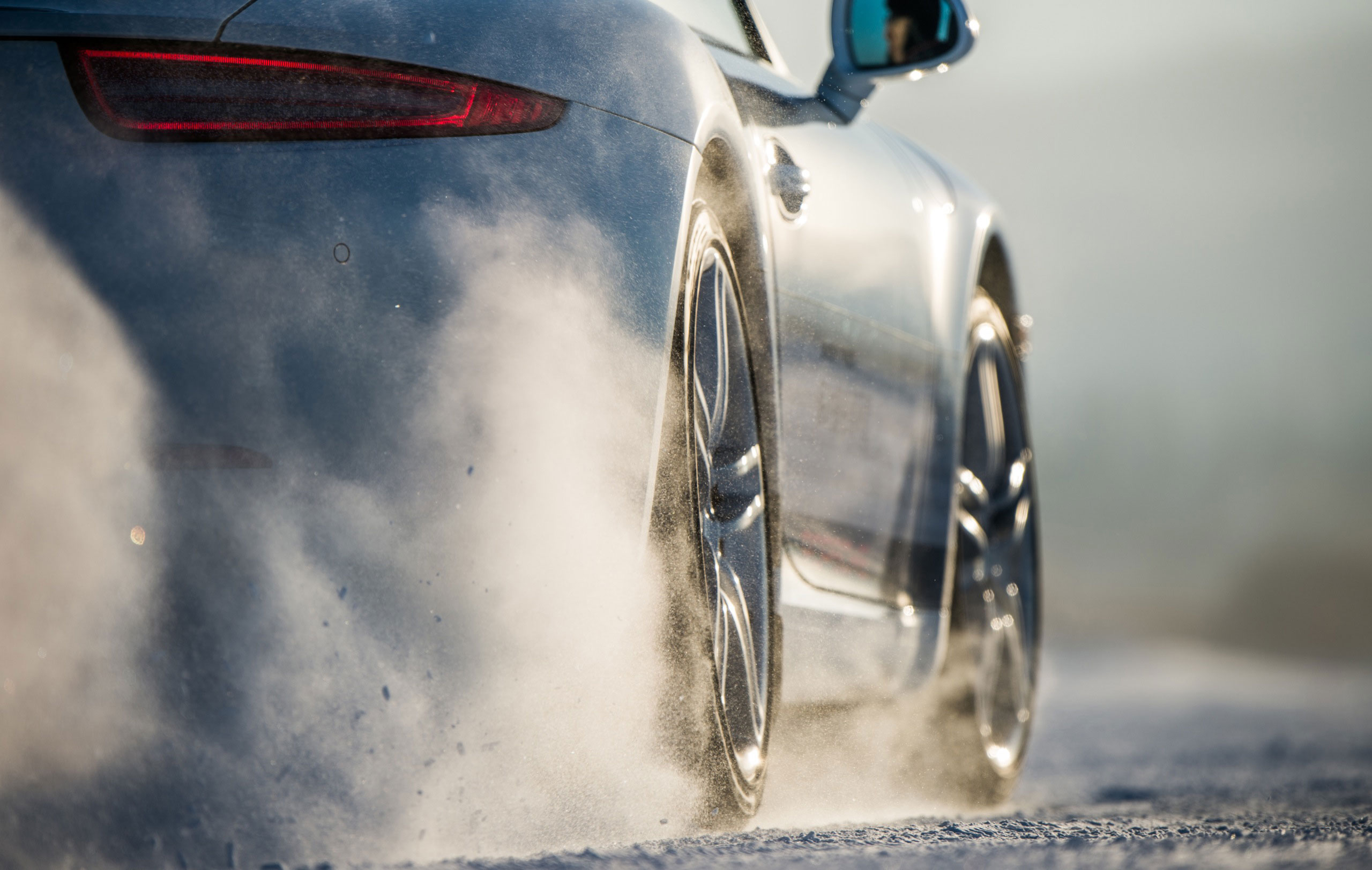
Being a motor journalist is most definitely a risky business. To do what we do requires the utmost passion, because only then can we discern the subtle, minute differences in the subject at hand. The pre-requisite of how to be successful in our field of work is that we need to be absolutely, unequivocally, undeniably, categorically, unmistakably in love with automobiles. If you do not fall into this category, the exit is over there – and voyeurs need not apply. Yet at the same time, it is that love that we have for the automobile that holds us ransom to this trade.
Time and time again we are given the privilege of being thrown a set of keys to cars that end up gracing the glossy pages of publications all over the world. The process is simple. We are given the car for an allocated amount of time. We ‘test’ the car. Then we extol the virtues of the automobile in our pages alongside aggressive driving images of the car for the world to see, trying our best to come up with the best euphemisms and metaphors that really, at the end of the day, say “this is a pretty nice car.” We then rinse and repeat, every issue, every month, every year. We repeat this until it becomes a formality, a process, a sequence of events that provokes little true emotion over a vibrating reminder on our phones or a mark on our iCal. You find a stretch of motorway, you give it a bit of a squirt in 3rd gear, you give the car a couple of half-hearted cornering attempts at a right hander before running up the brakes to a traffic light. You sit around as the photographer lines up their shots and then you mosey back to the dealership, where you return this magnificent piece of engineering without so much as licking the icing on the surface. The process becomes almost self-loathing – like an addiction.
Yes, we love cars and are dedicated to our craft because without that, we simply cannot continue.
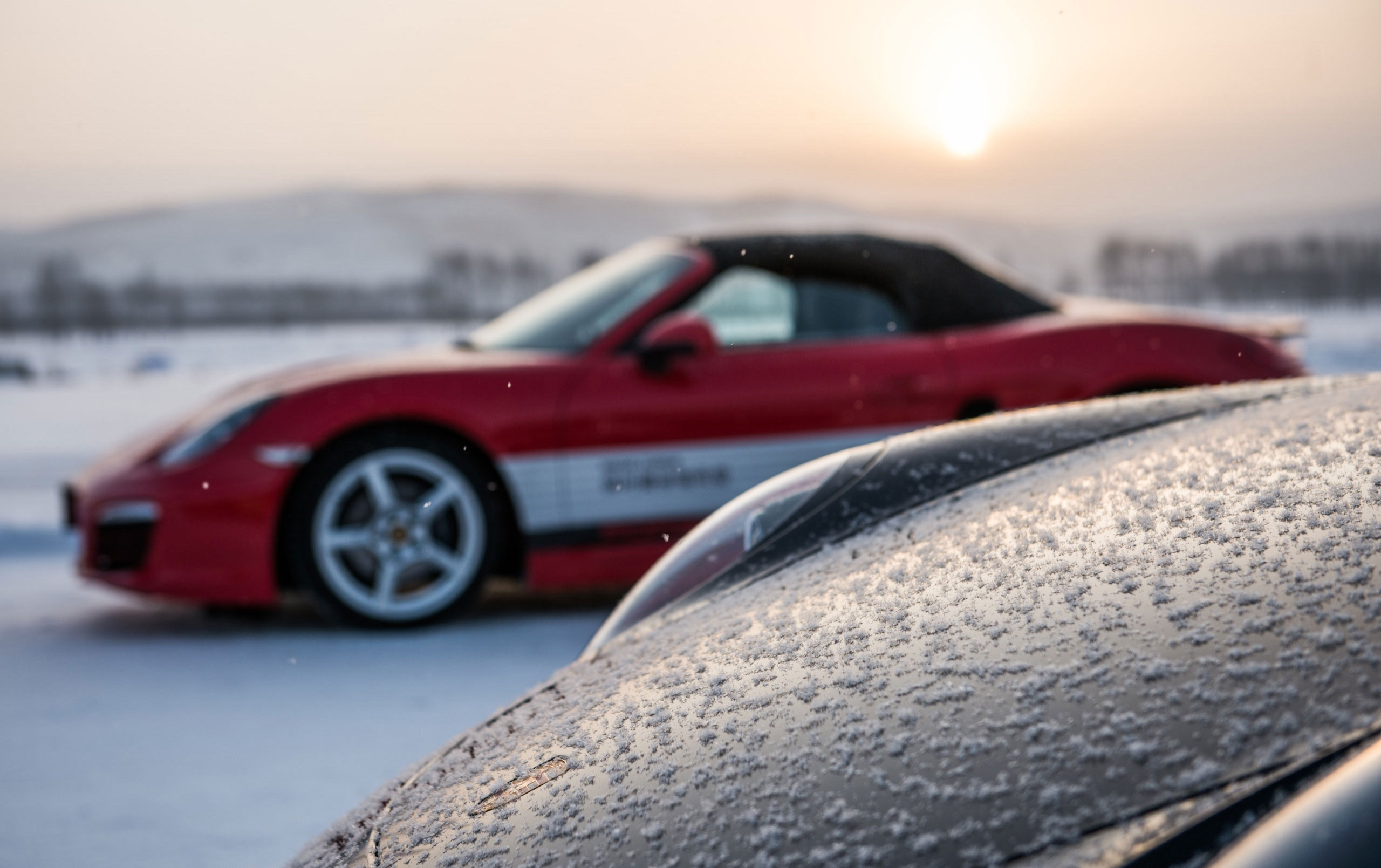
So, when the call came up for us to travel to Inner Mongolia to “drive cars in the snow” with Porsche, the first thought was… well, not much. It was a mixture of wondering if Mongolians really did partake in eating massive bowls of barbecued meat and the dread of having to cut my New Year’s holiday short to drive a car around a few cones in the snow before being carted back home with a pat on the back. After two days of travel, a night in a hotel room that only offered scalding hot water or ice cold death and a way-too-early morning call, we finally arrived at Yunlong Lake in Yakeshi, Inner Mongolia for Porsche’s annual Snow Force program. It wasn’t until we stepped, bleary-eyed off the bus and into the brain-busting -28°C temperature that I realized I had made a severe error in judgment.
Boy, did I get it wrong.
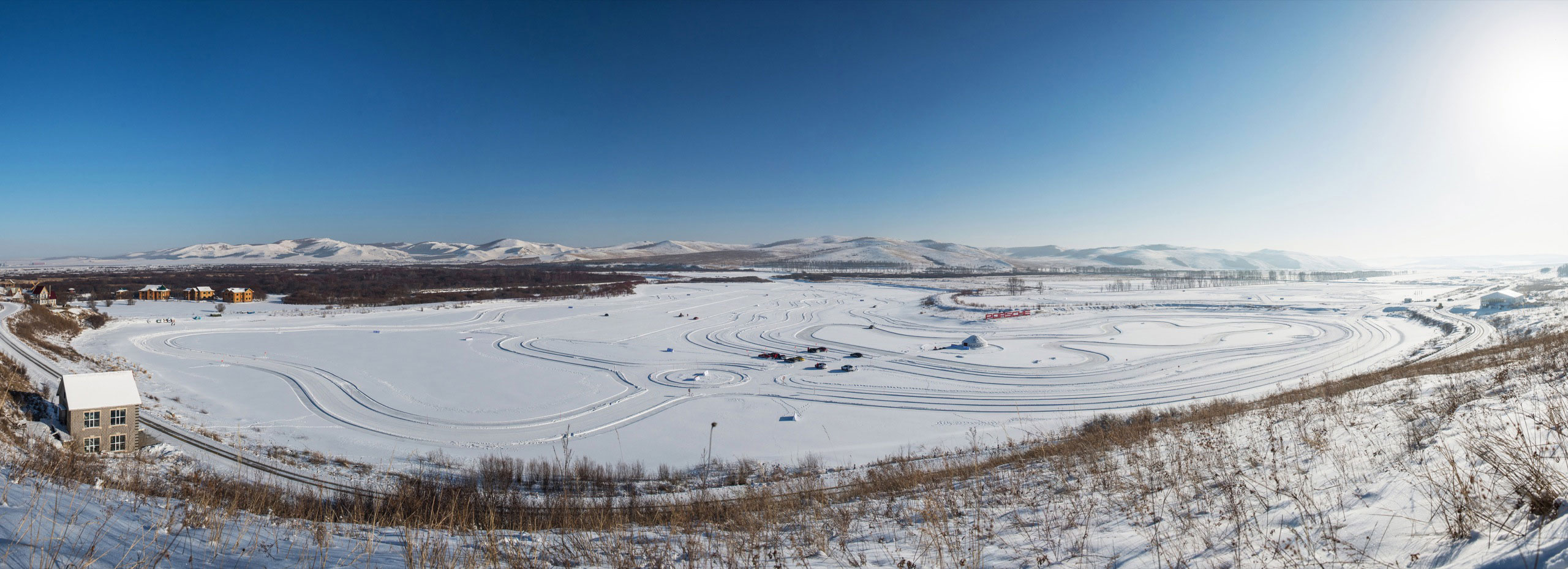
As it turned out, Porsche’s Snow Force event, now in its fifth year running provides Porsche owners and customers from around Greater China a chance to participate in a one-of-a-kind training program that teaches them driving skills in winter conditions across their range of vehicles. If you take the PR out of that previous sentence, it means this – we get to drive the wheels off just about every single brand new Porsche available, on ice. On a 420,000sqm frozen lake. Over two full days. Did I mention it’s a gigantic frozen lake? It was a lot to take in, the scale of the exercise, even in the literal sense – you couldn’t see the entire facility from one end to the other.
Five dedicated tracks were fashioned out of the ice, each offering differing corners, speeds and experiences, along with training zones – a circle, slalom, downhill slalom, and an advanced Slalom course dubbed the “Champion’s Challenge”. The base of operations was a dedicated two story lodge structure constructed solely for the event – doubling as a showroom for their vehicles along with products from their Driver’s Selection accessories range. Staring out from the lodge it’s a breathtaking sight to see, not to mention the endless frozen landscape – it’s like being on the planet Hoth. More of a daydream than anything – you wonder if you’re seeing double, looking at the thirty odd cars purring patiently outside in line.
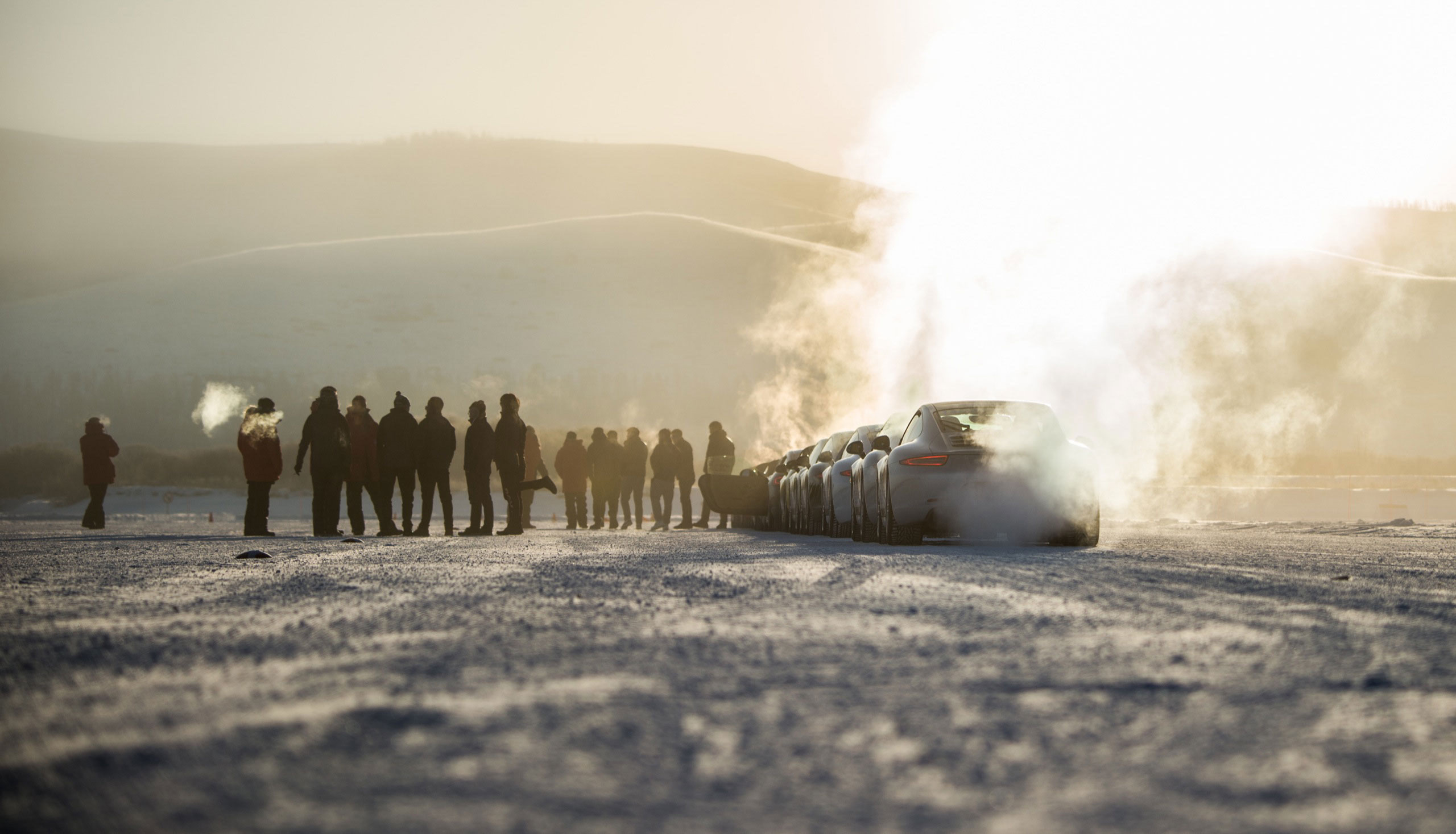
The voice of chief instructor Kenneth Lim jolted me out of my daydream and the briefing of the two day event began – with some lessons in theory first. Separated into groups of eight or so, each team was assigned a couple of instructors who explained the physics of traction, weight shift, acceleration and braking on ice. After a couple of quick video tutorials on basic snow drifting techniques – the feint (aka the Scandinavian flick) and brake-in followed by the finer details of understeer and oversteer we were finally ushered into our cars for the first session of the day. With the cars separated into 911 Carrera 4s, 2s, Panameras, Caymans/Boxsters, Cayennes/Macans and with all the variants slotted in between, we would be given the chance to switch between them all multiple times across the two day program.
Each session began with a lap with the vehicle’s stability management system (PSM – Porsche Stability Management) switched on, where we could experience it working in the environment it was designed for – easing back the throttle automatically once it has detected lateral slide or loss of traction in the car. If you were to test the stability management system of any vehicle in the most extreme conditions – and it didn’t get much more extreme than placing the vehicle in the middle of a gigantic piece of ice – then this was the place to do it. After the initial lap, the instructors then waved us through with a smile (or a laugh?) to tackle the car, without PSM, at our own devices. In short, we were immediately dropped into the deep end… of a frozen lake.
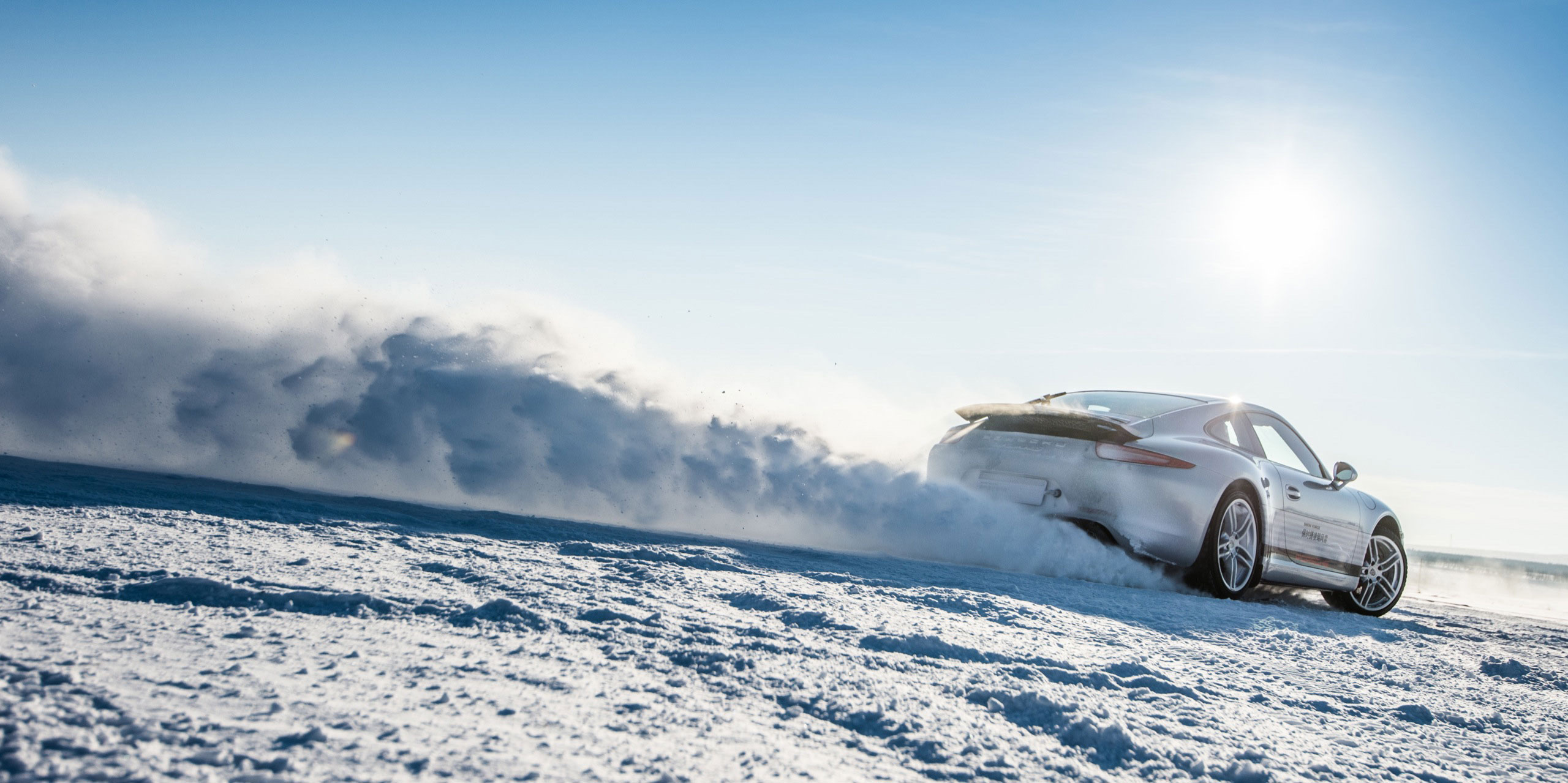
No surprises here, but driving on ice is exactly what it sounds like – absolute chaos. Every small movement and action by your hands or feet is magnified five times over and it quickly dawned upon me that we really should have been paying attention during the physics briefing portion of the event. Gas, lift off, turn in, gas, counter, gas, pull it straight, gas. Gas, brake, turn in, WAIT, counter, gas, gas, straight. Walkie-talkies in the car blare out a flurry of feedback from the instructors and your dreams of being the next Tomi Makinen evaporate quickly into (the very) thin air, as you realize that unlike tarmac driving where you can feel like a hero blasting down a straightaway, you need to consider a lot more factors when you’re driving on top of a gigantic ice skating rink turning corners from start to finish. 70km/h all of a sudden feels a hell of a lot faster when your tyres are constantly holding onto dear life on black ice.
As we switched from the 4WD of the Carrera 4 to the 2WDs of the Panamera, Boxsters and Cayman variety throughout the day, this becomes even more evident. After having nursed us in the all wheel traction womb of their 911 Carrera 4 rear engined setup, it was in the rear wheel drives that the real test of ability began to show – along with who was actually paying attention throughout the day. Whereas in the 4WDs where you could utilize throttle control to pull yourself out of any butt-clinching moments, the 2WDs understandably were far more unforgiving. If you weren’t paying attention behind the wheel, it’d let you know in a heartbeat. Understeer required a slight brake tap to correct – tap too hard, and you’re flying into the snow bank. Too much gas and not enough counter on oversteer? You’re facing the wrong way, sheepishly trying to avoid the glare of the instructors while holding up the track.
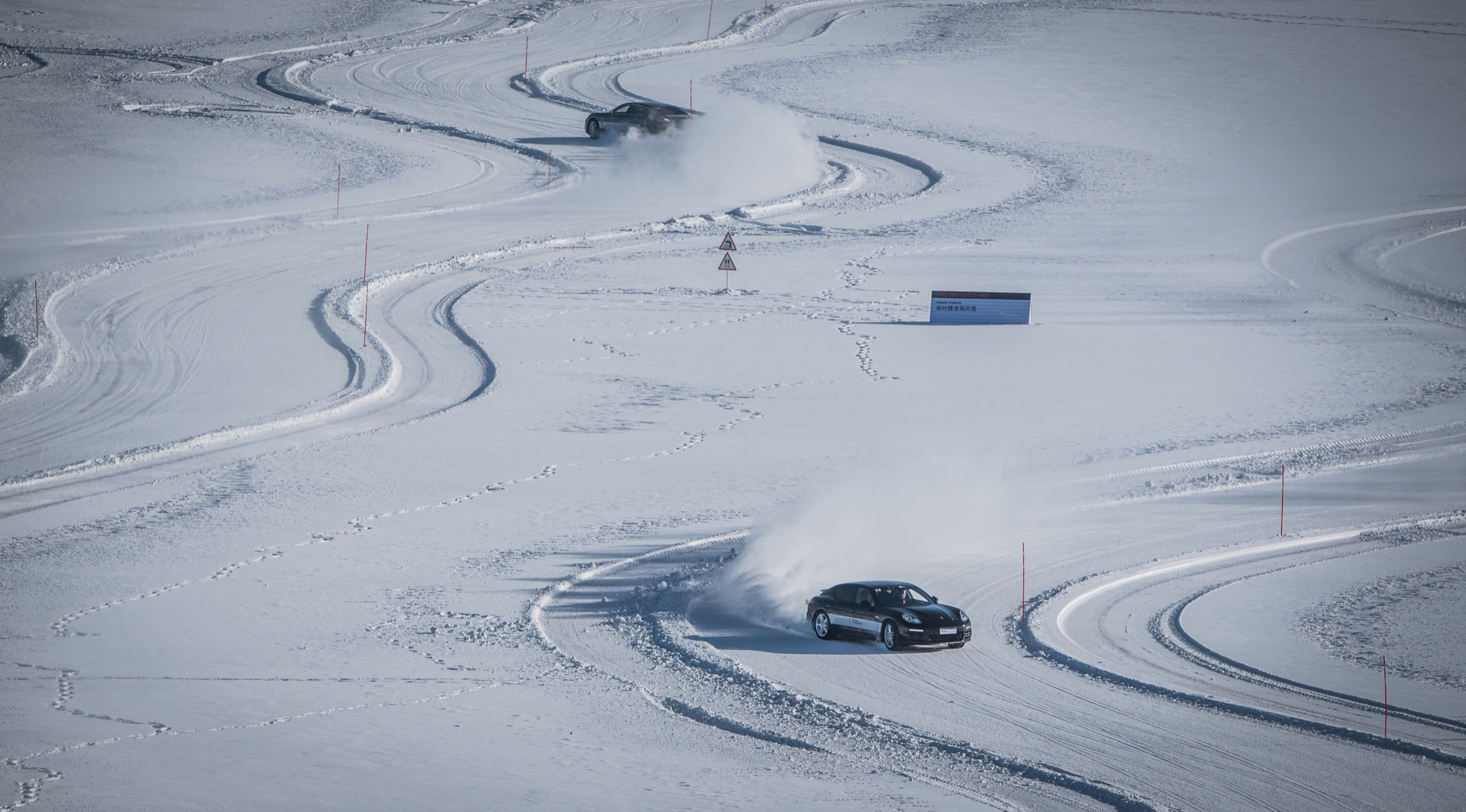
With the extended seat time, swapping between the various cars and variants also gave us a unique insight into the handling abilities of each vehicle. From the smooth transitions and weight inducing understeer of the Cayennes linking corners in 4WD, to the twitchy mid engined setups of the Boxster and Cayman, feeling the rear squat of the 911 and the floaty rear end of the Panamera, it dawned on me that it was indeed a very rare experience to be comparing multiple cars from the same make, driven to their limits at the same time – and truly being able to feel the subtle differences in their engineering and balance. After all, we’re normally comparing different makes, or cars on different days – where the driving experience is completely different from one car to the next, let alone having to wait a day or two between them. In these cars, there is an underlying sense of familiarity the moment you drop yourself into the driver’s seat – the feeling that is uniquely Porsche – from the layout of the dials to the feel of the pedals but once you’re moving, you can feel them behaving differently under duress. From this ‘base’ feeling, it’s a lot easier to pick up the more subtle differences between the variants, especially when you’re driving them all within a matter of hours. We spent most of the first day sliding around like kids on a go-kart track. On the second day, it was straight out onto the track without the theory – this time, swapping tracks amongst the cars and performing more drills and slalom exercises. It’s frustrating and exciting all at the same time. For every spin-out, there’s a corner that made you wish everyone was watching. You begin to anticipate and feel the crunch of the ice as your car breaks traction and you start to pre-empt the second it pulls itself back in line.
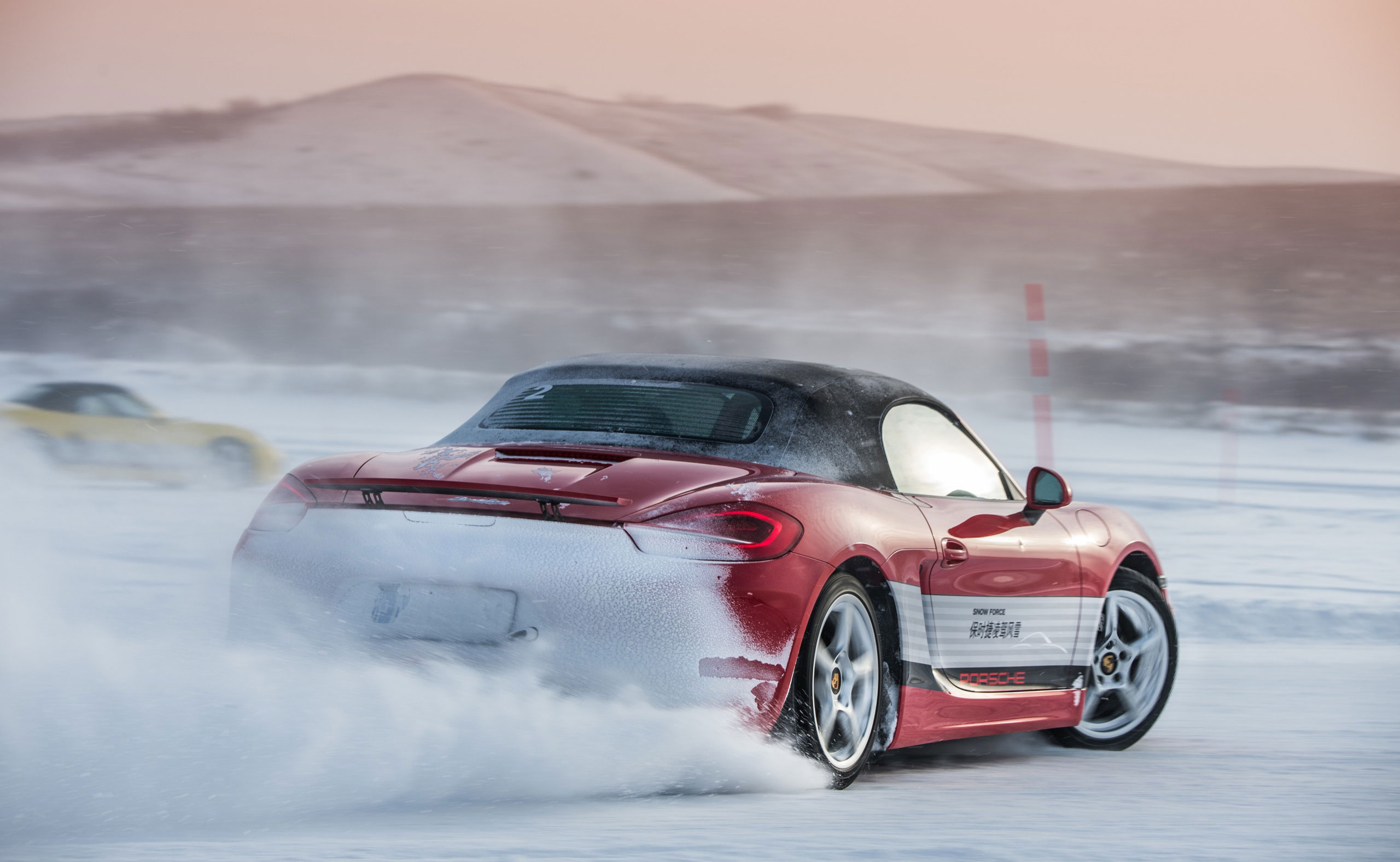
Then there’s that magical moment. That split-second moment of clarity where that sixth sense kicks in and everything the instructors had been saying to you over the past two days finally made sense. In that moment, your hands and feet finally find the right pressure and rhythm on the wheel and pedals, letting you tame the car from start to finish. That is when it all comes together – your vision sharpens, AC/DC starts to play in your head and you’re really in the driver’s seat, flying across the ice sideways with your right foot down and a smile from ear to ear. It is precisely in that moment you realise the sub -20 temperatures, feeling ice form in your nose, your fingers and toes freezing and all that travel and 7am wake-up calls were worth it.
Every damn second of it.
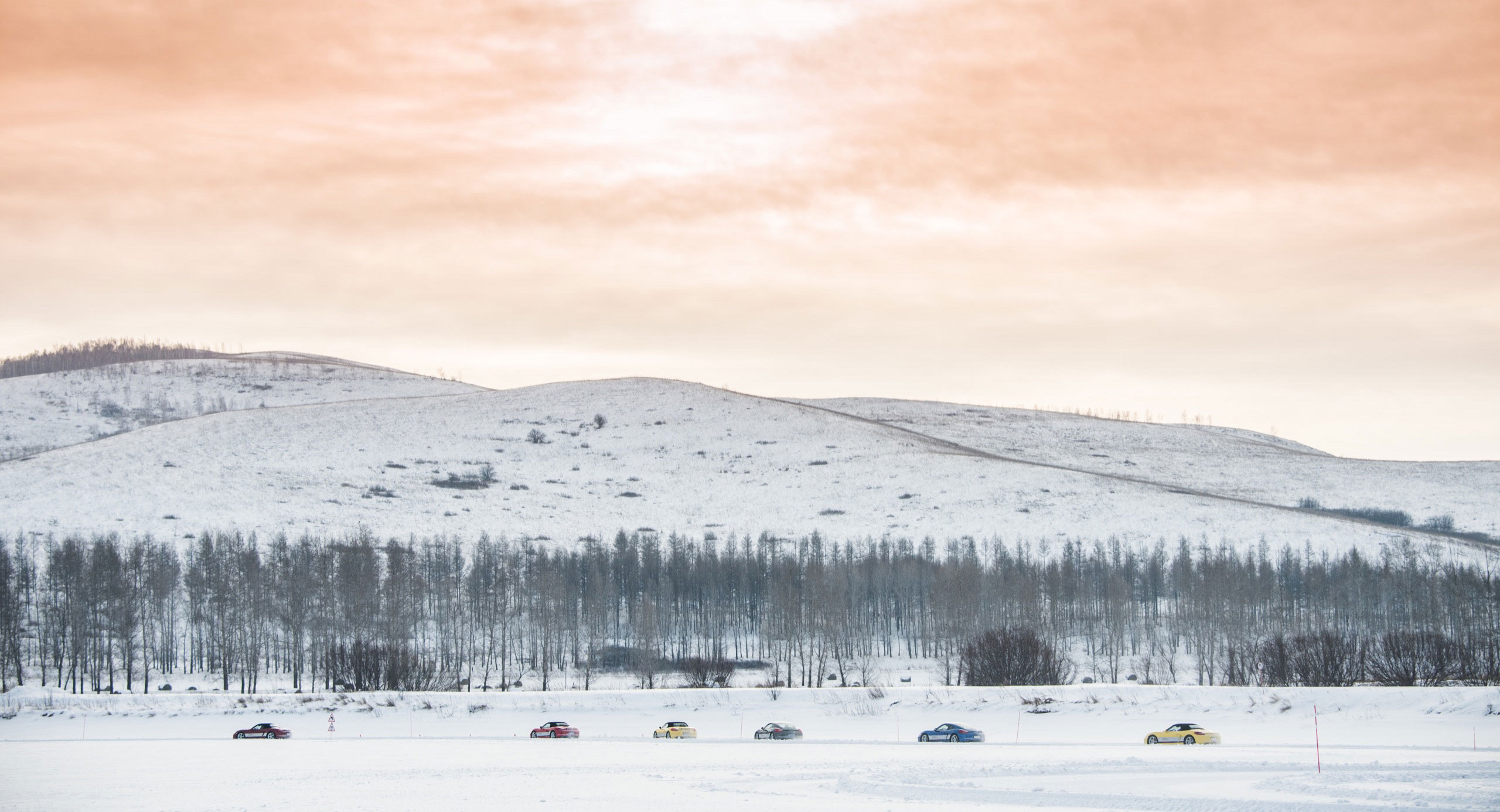
Leaving the lake on that last day one could cut the melancholy in the frigid air with a knife. You couldn’t help but get a little philosophical about the whole thing. Was it an absolute world-class event, hosted in one of the most mind blowing locations I’d ever seen, with all the cars that I wanted to drive in conditions that I may not experience again? Yes, without a doubt.
But more importantly, it was a form of rehab. Rehab for motor journalists and motor enthusiasts alike. Rehabilitation from our daily commute, from our profession, from the chain of addiction that we are locked into every time we pick up keys to a car – a chance to remind ourselves that as simple automotive enthusiasts we should always remember this – that the essence of the automobile lies in the driver’s seat… and not in a garage.
Thanks for sending me to rehab Porsche. I owe you one.